Tessa’s Recipe Rundown
Taste: Buttery and slightly sweet, just like store-bought Hawaiian Rolls – but better!
Texture: Light, squishy, and SO fluffy.
Ease: Great recipe for bread beginners.
Why You’ll Love This Recipe: Perfect for cookouts, Easter, Thanksgiving, or anytime you crave fluffy, delicious rolls!
This post may contain affiliate links. Read our disclosure policy.
This Homemade Hawaiian Roll recipe was a true labor of love to get just right. The store-bought ones have quite a few ingredients not available in the home kitchen, so it took a LOT of testing.
At first, the rolls weren’t fluffy enough. So we made a bunch of tweaks to get the texture to match the store-bought kind. Then they weren’t sweet enough. 15 batches later (yes, 15!), we finally nailed it.
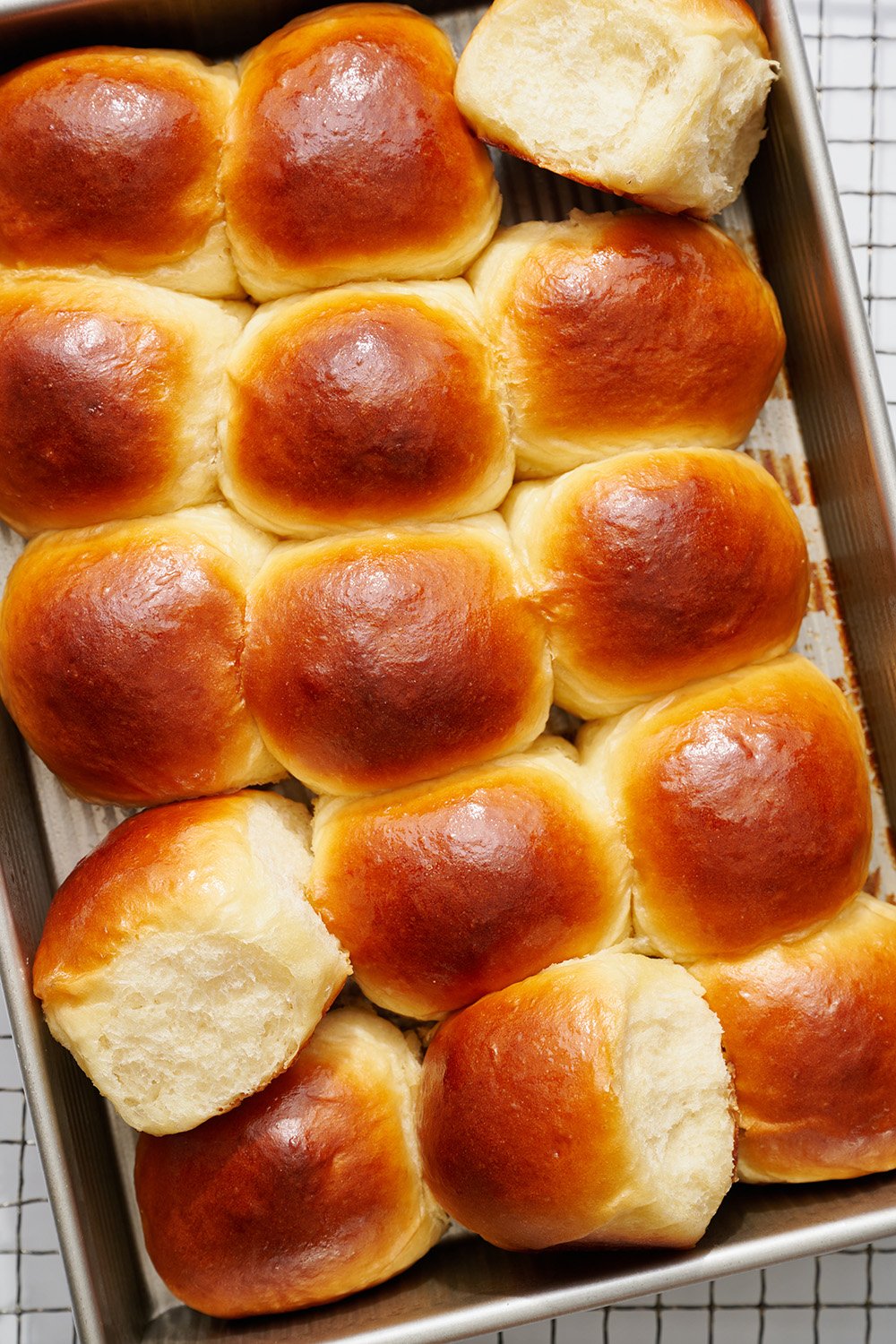
It took over a year to get this copycat recipe perfected. Luckily, we didn’t mind testing these rolls so many times because they’re THAT good.
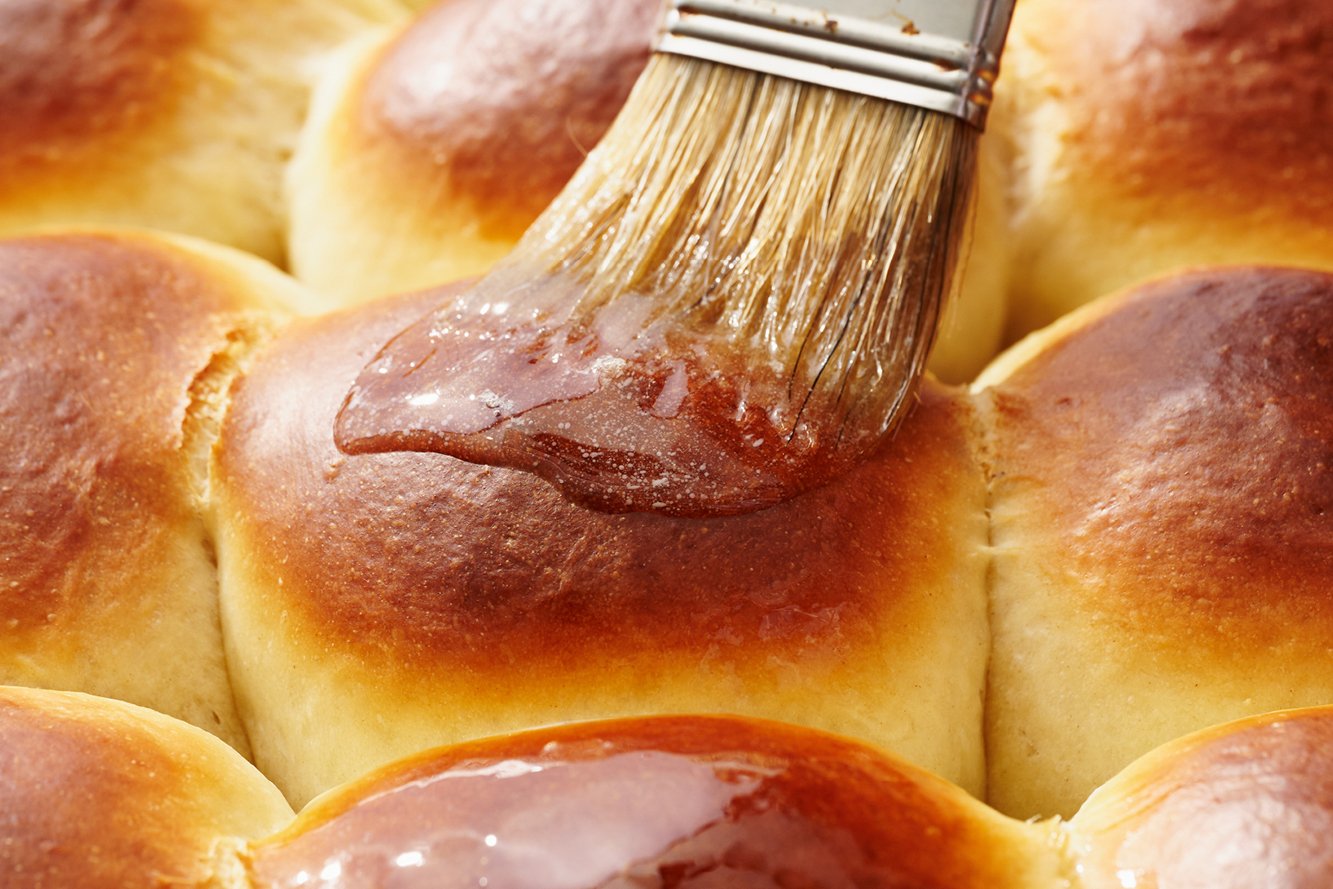
These Homemade Hawaiian Rolls are so versatile. They’re perfect as a side with dinner or as the main course (think ham and cheese sliders!). Take them as a side to a barbecue or cookout. Make little sandwiches with turkey and leftovers after Thanksgiving. Add as a side dish to your traditional Easter dinner. The options are endless!
And bonus: the scent that will waft through your house as these bake is utterly intoxicating.
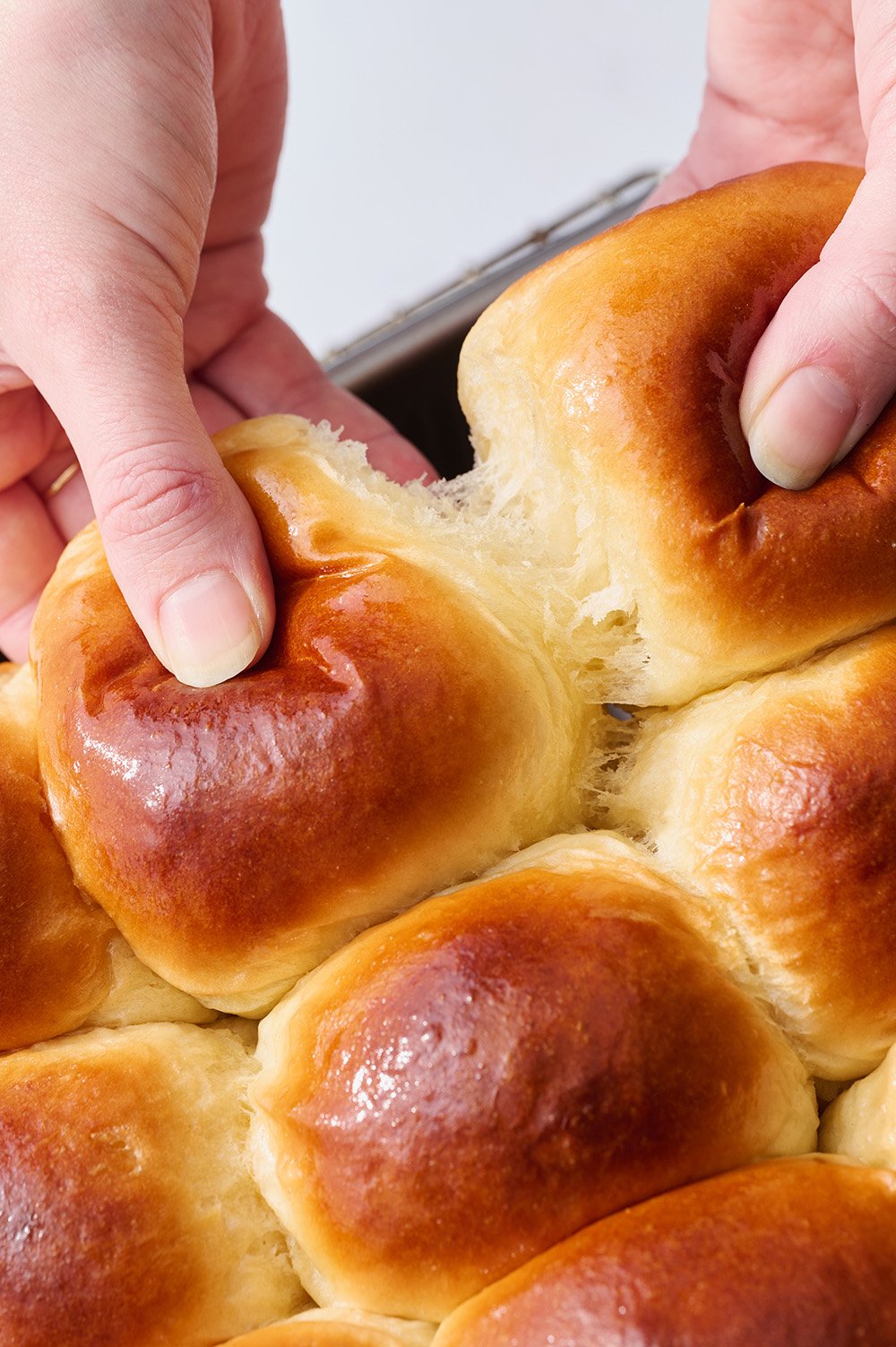
These Hawaiian Rolls are so much better than the prepackaged versions. You’ll never want to buy store-bought again after trying these!
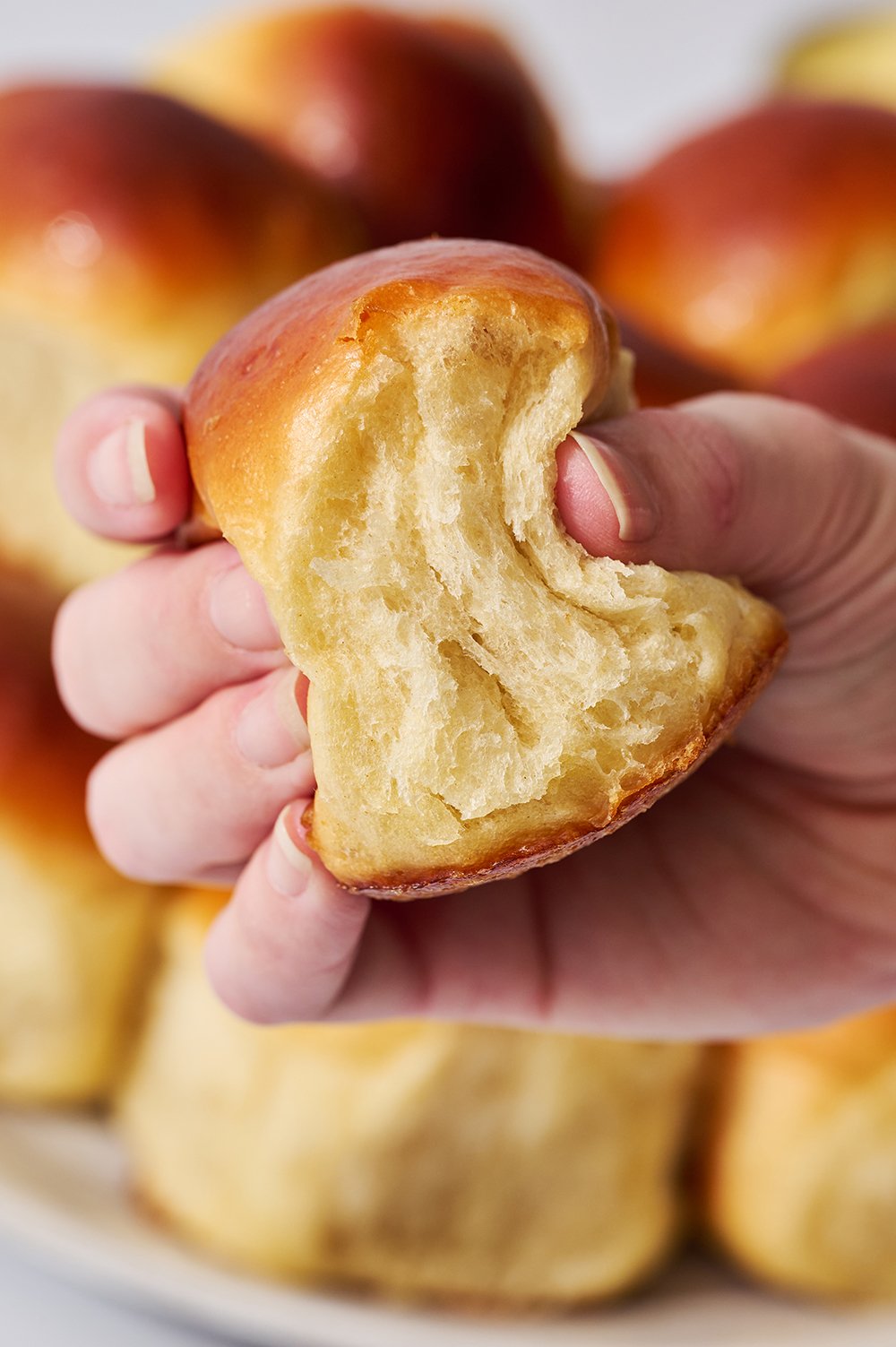
If working with yeast feels a little intimidating, don’t fret. I’ve included a ton of tips and tricks below so even newbie bread bakers can nail this recipe.

Sprinkle of Science
How to Make Homemade Hawaiian Bread Rolls
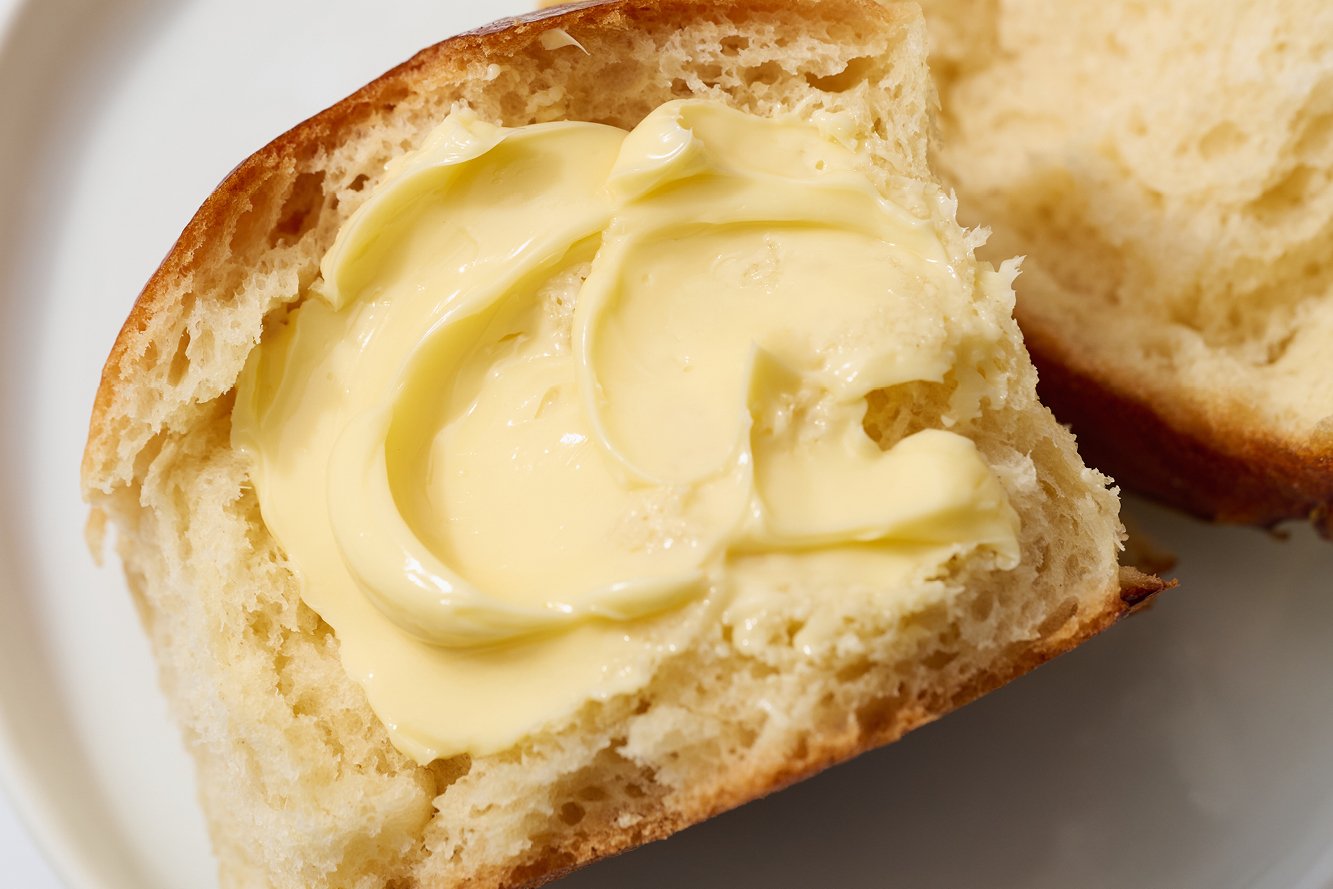
What Are Hawaiian Rolls?
You may have seen Hawaiian Rolls at your local supermarket – but these homemade versions are SO much better! Hawaiian Rolls are distinctly sweet and ridiculously soft and light, perfect for making delicious mini sandwiches, breakfast sandwiches, sliders, and more. Your kids will go crazy for these rolls, too!
Can I Make Homemade Hawaiian Rolls Without a Mixer?
Probably… but it won’t be easy! Your KitchenAid stand mixer does all the hard work in kneading these Homemade Hawaiian Rolls. By hand, it’s going to take a lot of elbow grease, a long time, and give your arms and hands a heck of a workout. Learn how to knead dough by hand here.
How To Make FLUFFY Hawaiian Rolls
Avoid adding too much extra flour to the dough
Since this dough is slightly sticky and enriched with milk, butter, and a lot of sugar, it takes quite a while to come together. These ingredients slow down gluten development. Your instinct might be to add extra flour; however, any extra flour will create a denser, tougher bun instead of the light, fluffy bun we want.
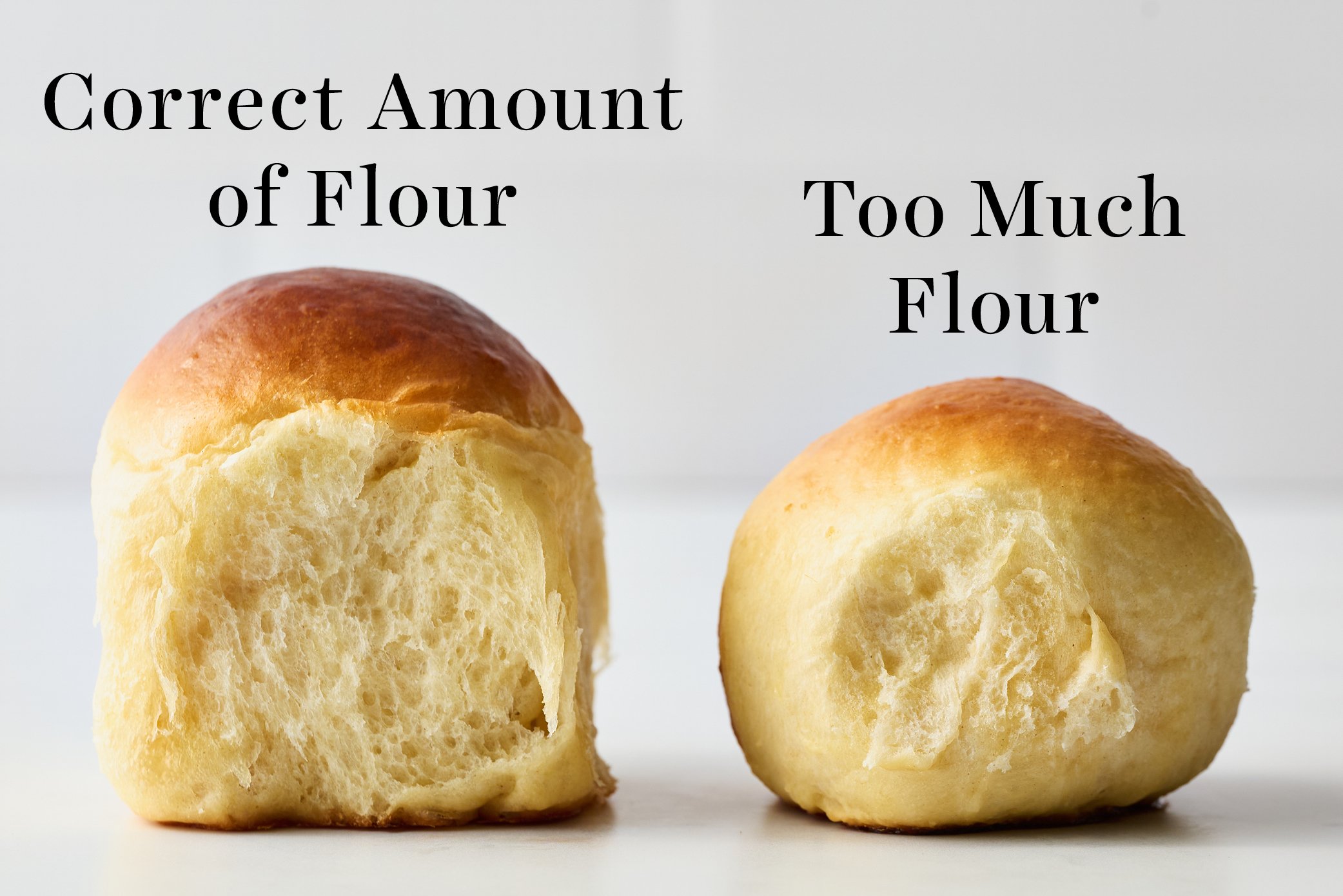
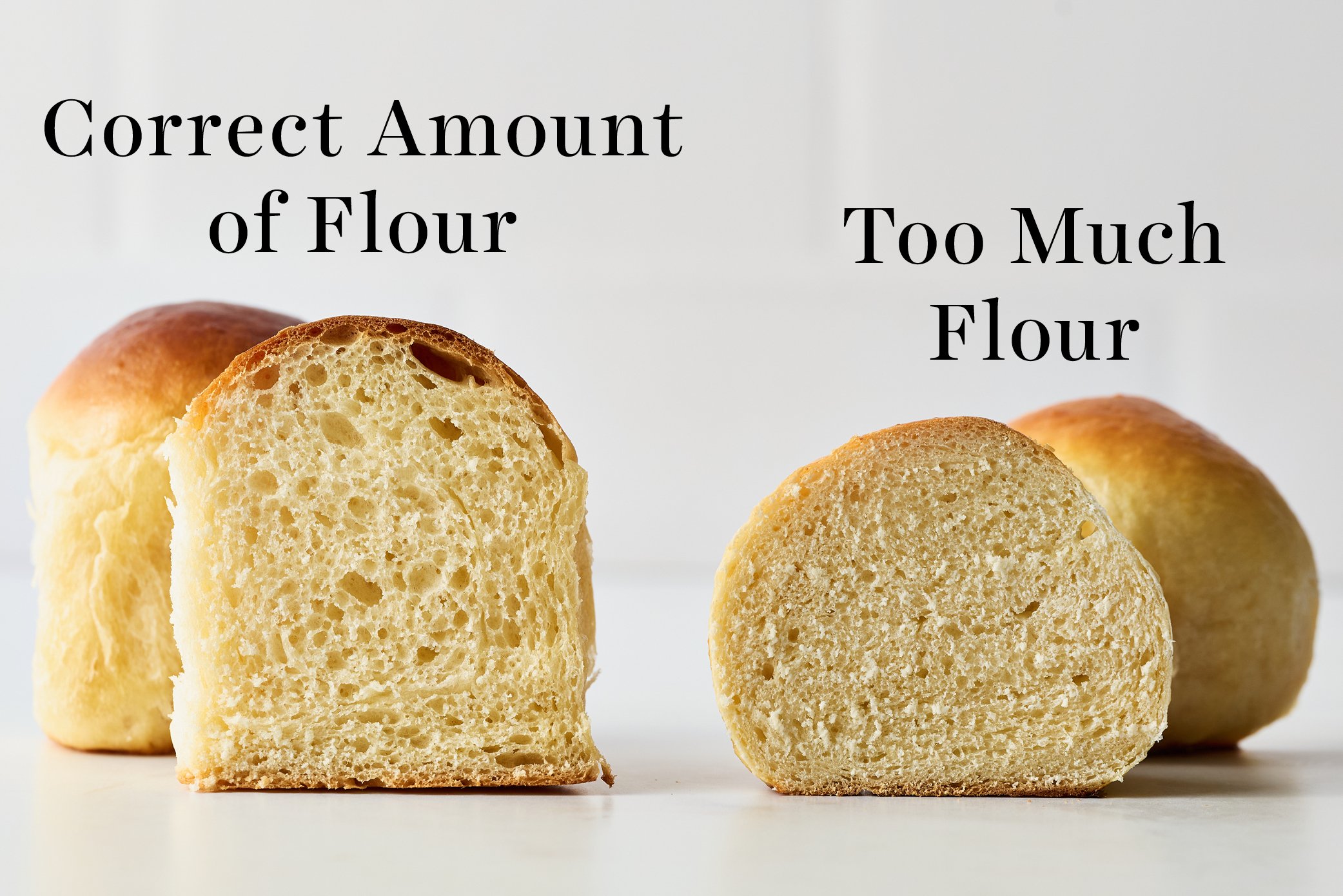
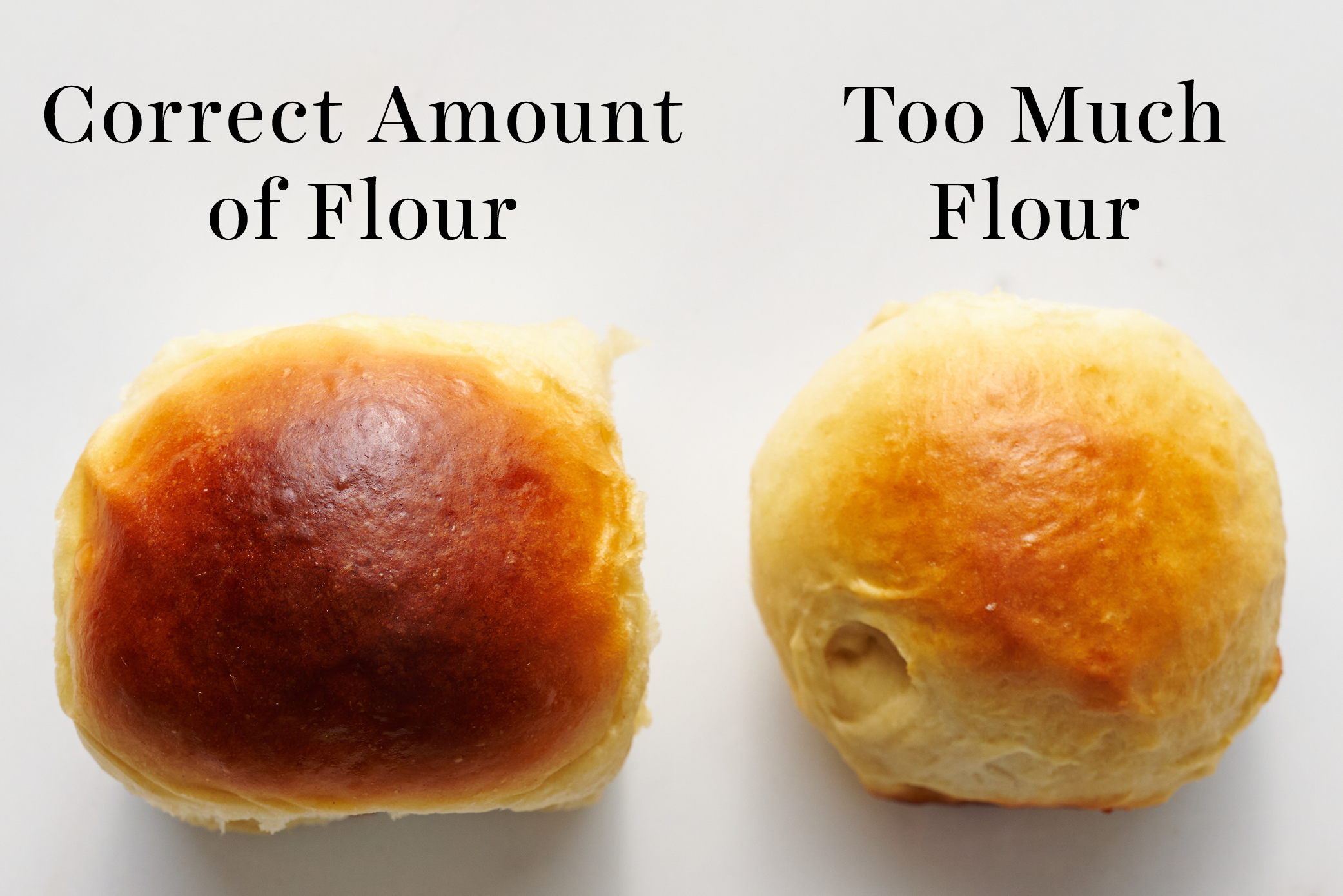
Know your kitchen climate
This recipe was tested in Arizona, Michigan, and New York. During testing, Emily from Team HTH’s kitchen (in Michigan) was about 87% humidity, Kiersten from Team HTH’s kitchen (in New York) was about 65%, whereas our studio kitchen in Arizona was 14% humidity. The more humid your location, the stickier your dough will be. If your kitchen is about 65% humidity or higher, use the higher range of bread flour listed (4 1/2 cups, or 540 grams). Reduce the bread flour if your kitchen is less than 65% humidity. Begin with the lower range listed (4 cups + 1 tablespoon, or 516 grams) and add additional flour by the tablespoon (8 grams) as needed.
It’s better to be slightly sticky than dense
This dough shouldn’t be unbearably sticky, but it will be tacky. Resist the urge to add extra flour, as this will negatively impact the texture of the rolls. The dough will be easier to work with after the first rise!
Proofing Homemade Hawaiian Rolls Sliders
This dough will take some time to proof, especially if your kitchen is cold. The sugars, pineapple juice, eggs, and butter in this recipe add deliciousness but also slow the proofing process.
The first rise will take about 90 minutes, and the second rise will take about 1 hour; however, these times are completely influenced by the temperature of the rising environment.
You can tell if your bread is well-proofed by giving it a gentle poke with your finger or knuckle. Bread dough that has proofed well will spring back slowly when poked and leave an indent. If it snaps back too quickly, it needs more time.
Don’t be tempted to speed up the rise time too drastically, as too much heat will kill the yeast and reduce flavor development.
If you’re lucky enough to have a proofing setting on your oven, you can use that (provided you’ve tested it previously and it doesn’t get too hot!).
Tip: If your kitchen is very cold, turn your oven on and place the bowl nearby, so it gets a little indirect warmth. If your kitchen is very hot, watch the rolls very carefully, as your rise time might be much shorter than specified.
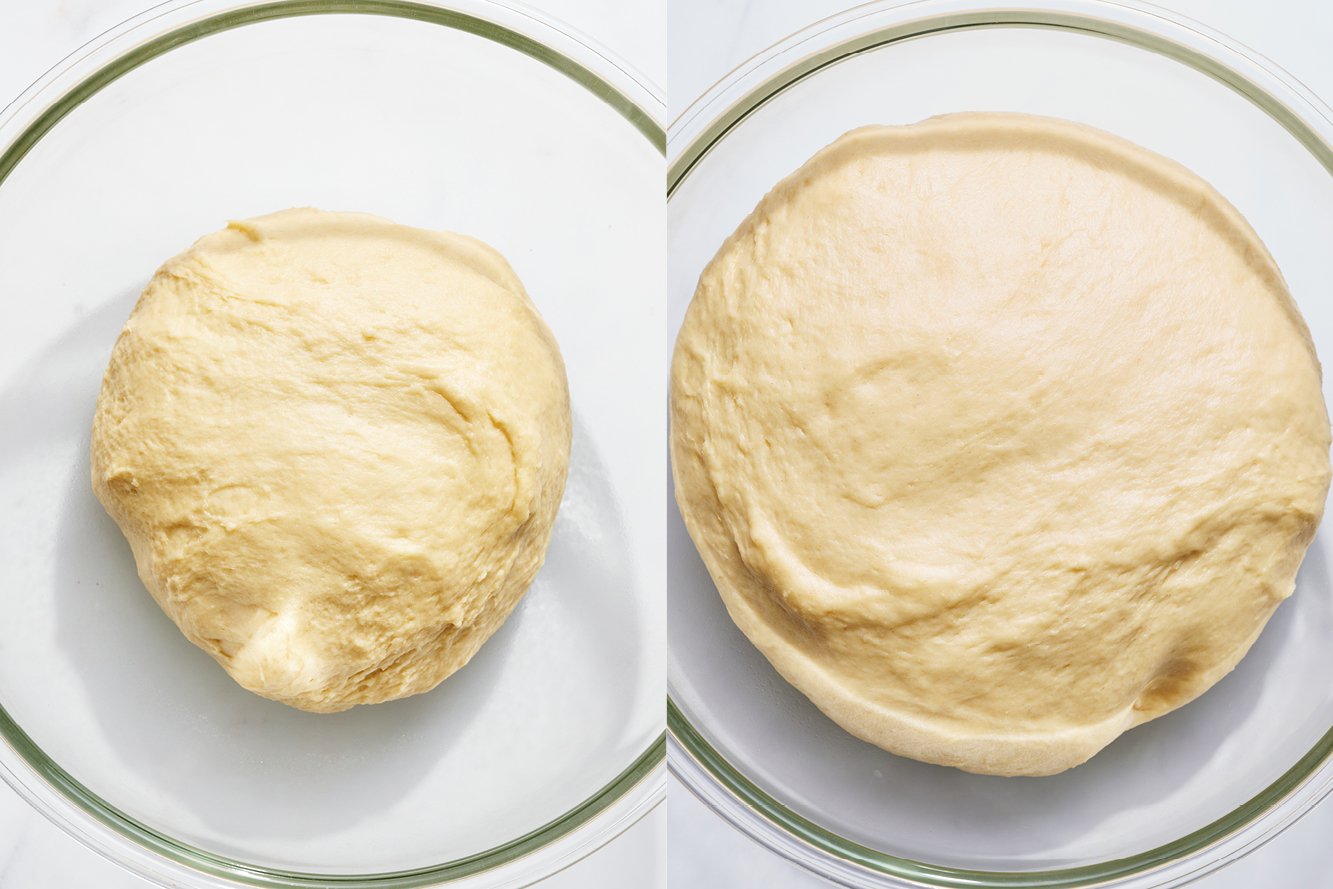
How To Tell If You Have Over-Proofed Your Rolls
This can happen easily if your kitchen is very hot, or if you’re busy and forget to check on the rolls. If your rolls have over-proofed, they will likely deflate while egg washing, or look flat and deflated once baking. Over-proofed rolls may look a little sad, but they should still taste fine.
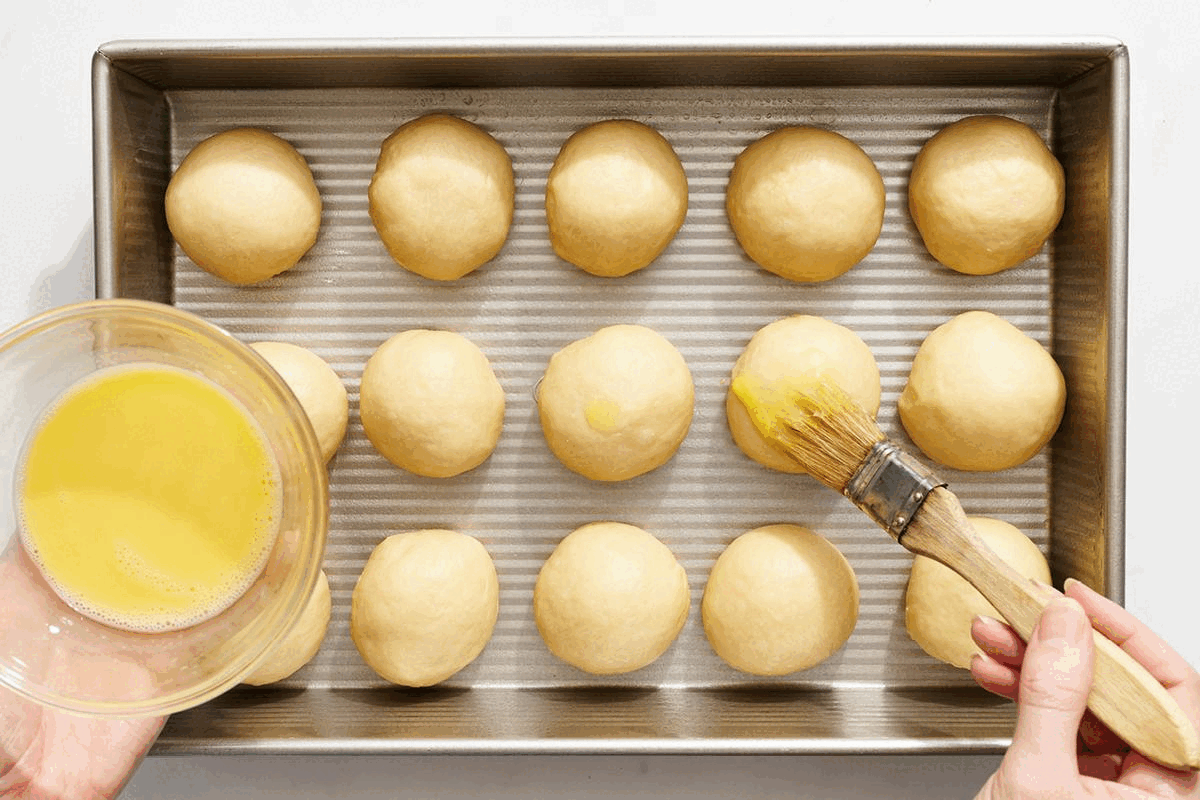
How to Shape Hawaiian Rolls
It’s important to properly shape your bread rolls for beautiful, tall, fluffy rolls.
- Once the dough has risen, press it down to deflate it slightly.
- Place the dough on a clean surface (not a floured surface). Use a bench scraper to section the dough into 15 equal pieces. Don’t worry if they’re not perfectly equal in size. However, if you’re a perfectionist, you can weigh the entire mass of dough, divide that number by 15, then portion each piece perfectly by weight.
- As you’re shaping each piece into a round, make sure to pinch the dough into one central point to create a tight ball. This will help the rolls rise beautifully. Don’t flour your work surface when shaping the rolls because you want some resistance to roll them into taut balls.
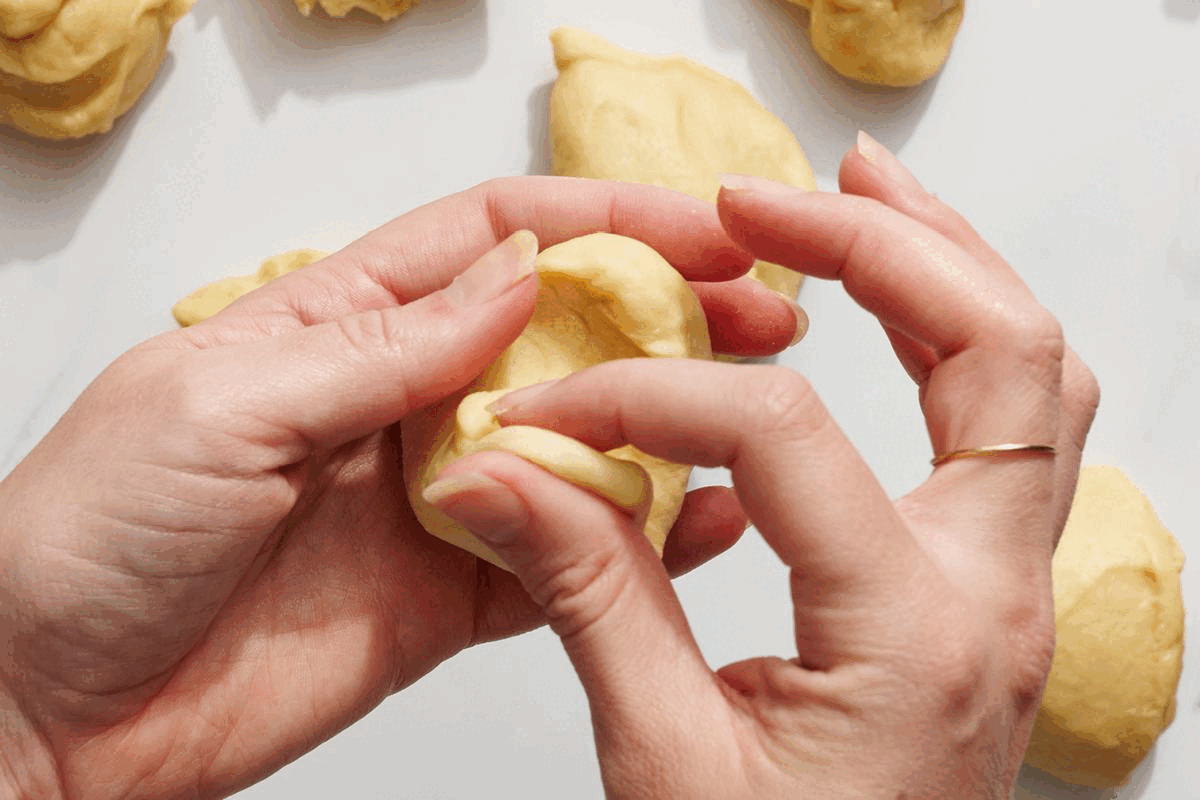
The Best Pan for Baking Rolls
- This is my favorite pan for baking Homemade Hawaiian slider rolls, but any light-colored metal pan will work just fine.
- Avoid dark-colored metal pans, as these can cause excessive browning and dry out the edges.
- If using a glass or ceramic baking pan, you may need to extend the baking time. Learn more about baking in Glass vs. Metal Pans here.
For Those Who Prefer Not-So-Sweet Rolls
These rolls are subtly sweet, but please don’t experiment with reducing the sugar (we’ve tested it!). It’s an essential part of this copycat recipe. The texture will dramatically worsen with a reduction in the sugar. Learn more about sugar’s role in baking here.
If you prefer a less sweet roll, try my Ultimate Dinner Rolls recipe instead.
Do I Have to Use Bread Flour? Can I Use Just All-Purpose Flour Instead?
For best results, I firmly recommend sticking with both bread and all-purpose flour as written. Here’s why:
- Bread flour contains more protein than all-purpose flour, which helps build gluten and aids in giving the rolls structure, height, and a little chewiness. Gluten is the backbone of any bread’s structure, and since we are adding ingredients that prohibit gluten development (pineapple juice, butter, egg, sugar), that additional protein is needed to develop structure.
- When I tested a batch of Homemade Hawaiian Rolls using only all-purpose flour, the rolls were way too dense, noticeably drier, and took significantly longer to knead and rise.
- I also found that making the rolls with only bread flour yielded rolls that were too firm. The addition of a little all-purpose flour balances this out, making the rolls softer.
If you absolutely must use only all-purpose flour, just note that they’ll take much longer to knead, longer to proof, and they won’t be as soft and fluffy.
How Long Do Homemade Hawaiian Rolls Last?
These rolls will keep for 3 days in an airtight container, stored at room temperature. Don’t refrigerate, as it will dry them out faster. Refresh in a 300°F oven for 5 minutes, or pop in the microwave for 15-20 seconds, or until warm, before serving.
Can I Make Homemade Hawaiian Rolls Ahead of Time?
Enriched yeast doughs can have issues rising properly if made ahead. Instead, I recommend freezing the fully baked rolls as directed just below, as these rolls freeze beautifully.
How to Freeze Hawaiian Rolls
Once cooled, place rolls inside an airtight container and freeze for up to 3 months. To thaw, leave at room temperature for a few hours. Reheat in a 400°F oven for 5-10 minutes, or pop in the microwave for 15-20 seconds, until warmed through, if desired.
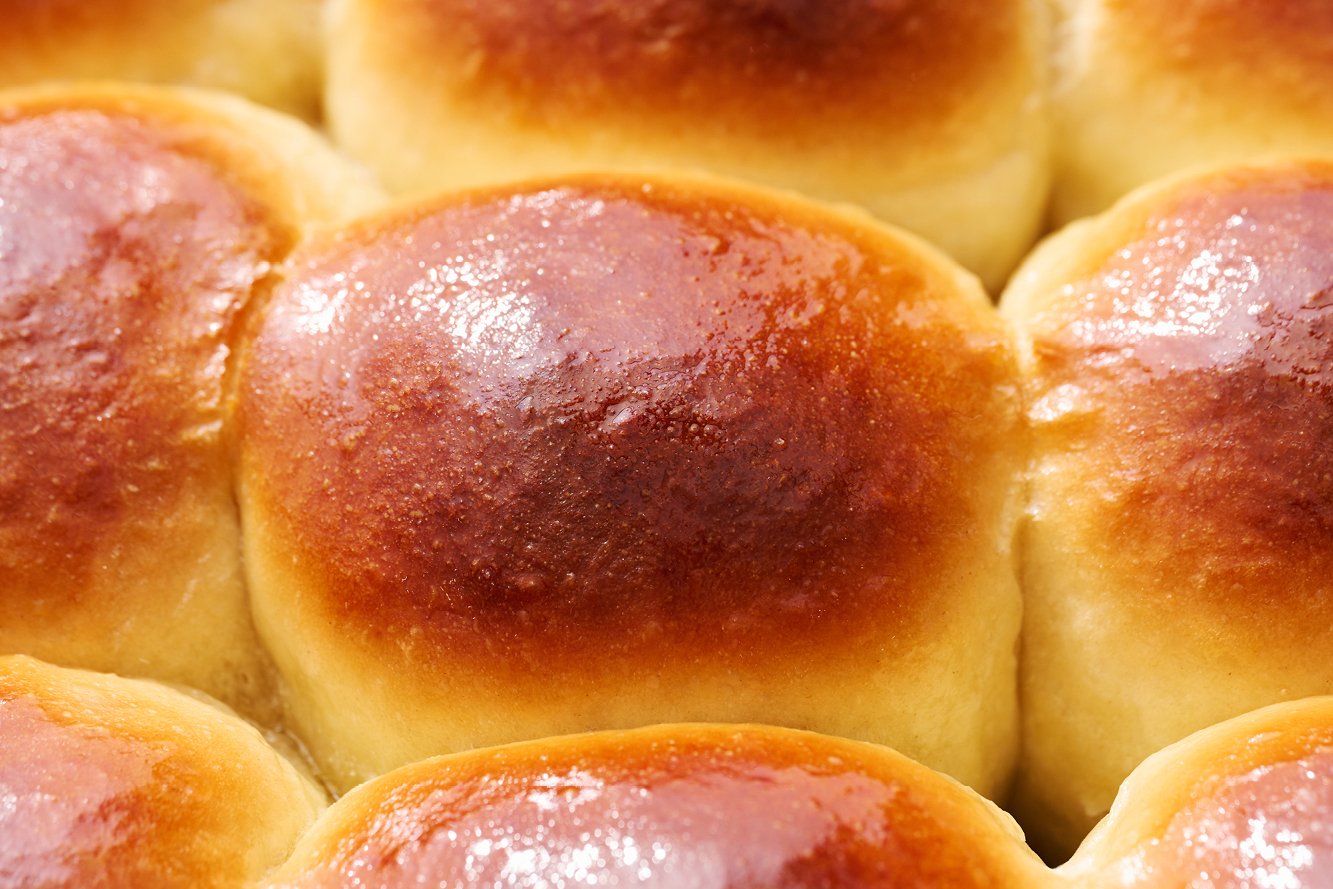
More Bread Recipes You’ll Love:
- Ultimate Dinner Rolls (if you prefer a less sweet roll)
- Garlic Knot Rolls (drenched in garlic butter!)
- Copycat Olive Garden Breadsticks
- Burger Buns
- Focaccia Bread
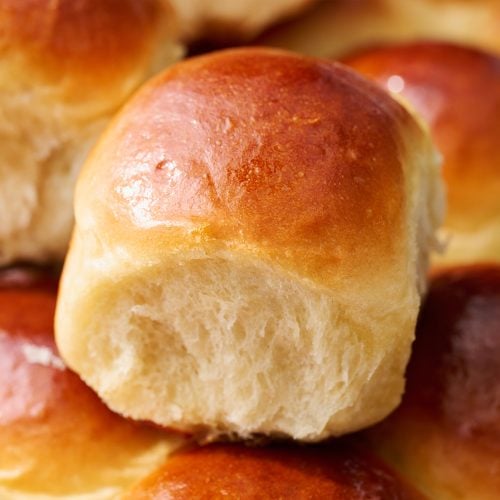
Homemade Hawaiian Rolls
Email This Recipe
Enter your email, and we’ll send it to your inbox.
Ingredients
- ½ cup (116 grams) canned pineapple juice1, at room temperature (do not use fresh juice, see notes)
- ½ cup (116 grams) whole milk, warmed, (100-110°F)
- 5 tablespoons (71 grams) unsalted butter, melted and slightly cooled to just warm (~85°F)
- 6 tablespoons (75 grams) granulated sugar
- 2 tablespoons (25 grams) light brown sugar
- 2 eggs, at room temperature
- 1 teaspoon vanilla extract
- 2 ¼ teaspoons (1 packet)
instant yeast2 - 4 cups + 1 tablespoon (516 grams) – 4 1/4 cups (540 grams) bread flour3, dependent on kitchen climate, see notes
- ¼ cup (32 grams) all-purpose flour
- 1 ½ teaspoons fine sea salt
For egg wash & finishing:
- 1 egg, lightly beaten
- 2 tablespoons water
- 1 tablespoon (14 grams) salted butter, melted
Instructions
- Combine the pineapple juice, milk, melted butter, sugars, 2 eggs, vanilla, and yeast in the bowl of a stand mixer. Add the all-purpose flour, plus 2 cups (286 grams) of the bread flour, and stir with a wooden spoon until the dough forms a rough, shaggy mass. Stir in the salt. Attach the dough hook to the mixer and turn to medium-low speed. Gradually add the remaining flour JUST until the dough comes together. You may only need some of the flour, depending on your kitchen environment and brand of flour. Continue kneading on medium-high speed for 4 to 5 minutes, until a soft and smooth ball of dough forms.
- Lightly grease or wet your hands and place the dough in a lightly greased medium-sized bowl. Cover with plastic wrap. Let rise until puffy and doubled in size, about 1 ½ hours4.
- Spray a 9×13-inch metal baking pan with cooking spray. Gently deflate the dough. Use a bench scraper or knife to divide the dough into 15 equal pieces. Shape each piece into a ball and place in the prepared pan.
- In a small bowl, combine the remaining egg with 2 tablespoons of water. Brush all over the rolls. Cover with plastic wrap and let rise again until doubled in size, about 1 hour**.
- Meanwhile, preheat the oven to 375°F.
- Bake the rolls for 20 minutes, or until golden brown. Brush with melted butter. Serve warm. Store leftovers in an airtight container for up to 3 days.
Recipe Notes
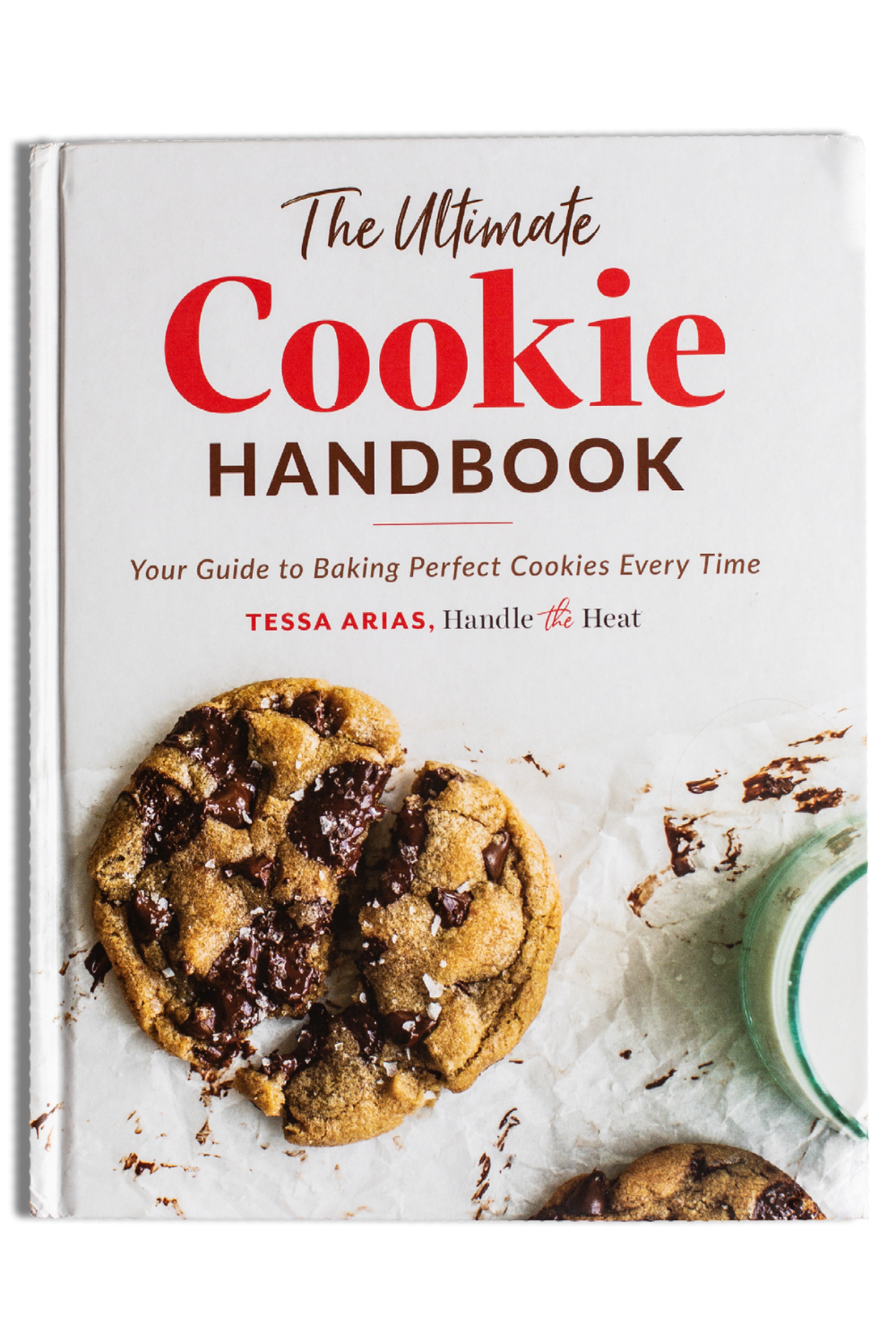
The Ultimate Cookie Handbook
Learn the sweet SCIENCE of cookie baking in a fun, visual way to customize your own recipes frustration-free. Plus, my best 50+ homemade cookies!
This post was originally published in 2014 and has been updated with additional tips, recipe improvements, and new photos. Photos by Joanie Simon.
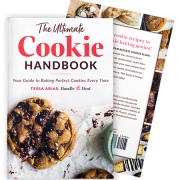
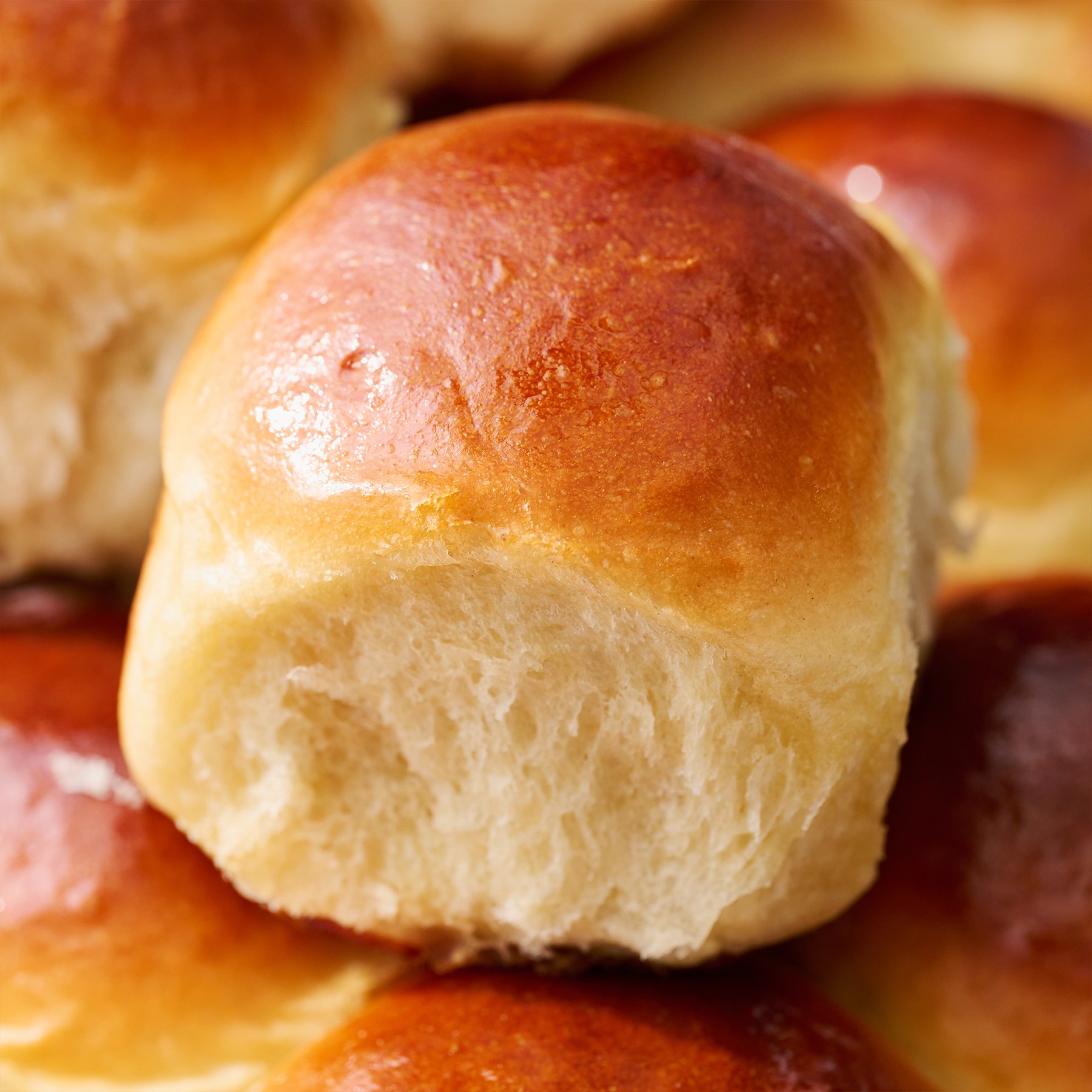
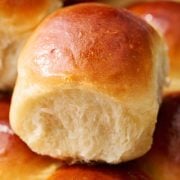
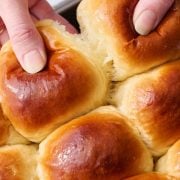
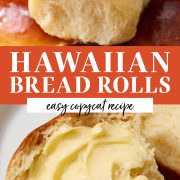
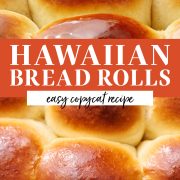
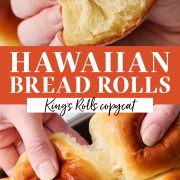
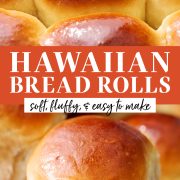
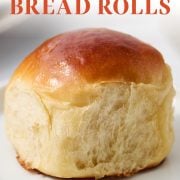
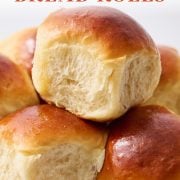
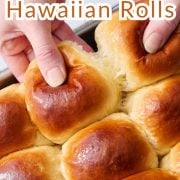
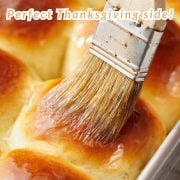
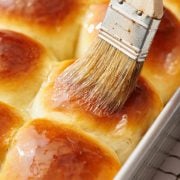
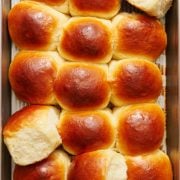
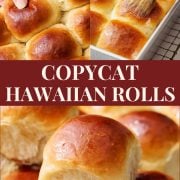
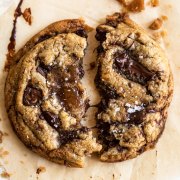
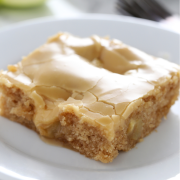

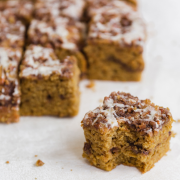
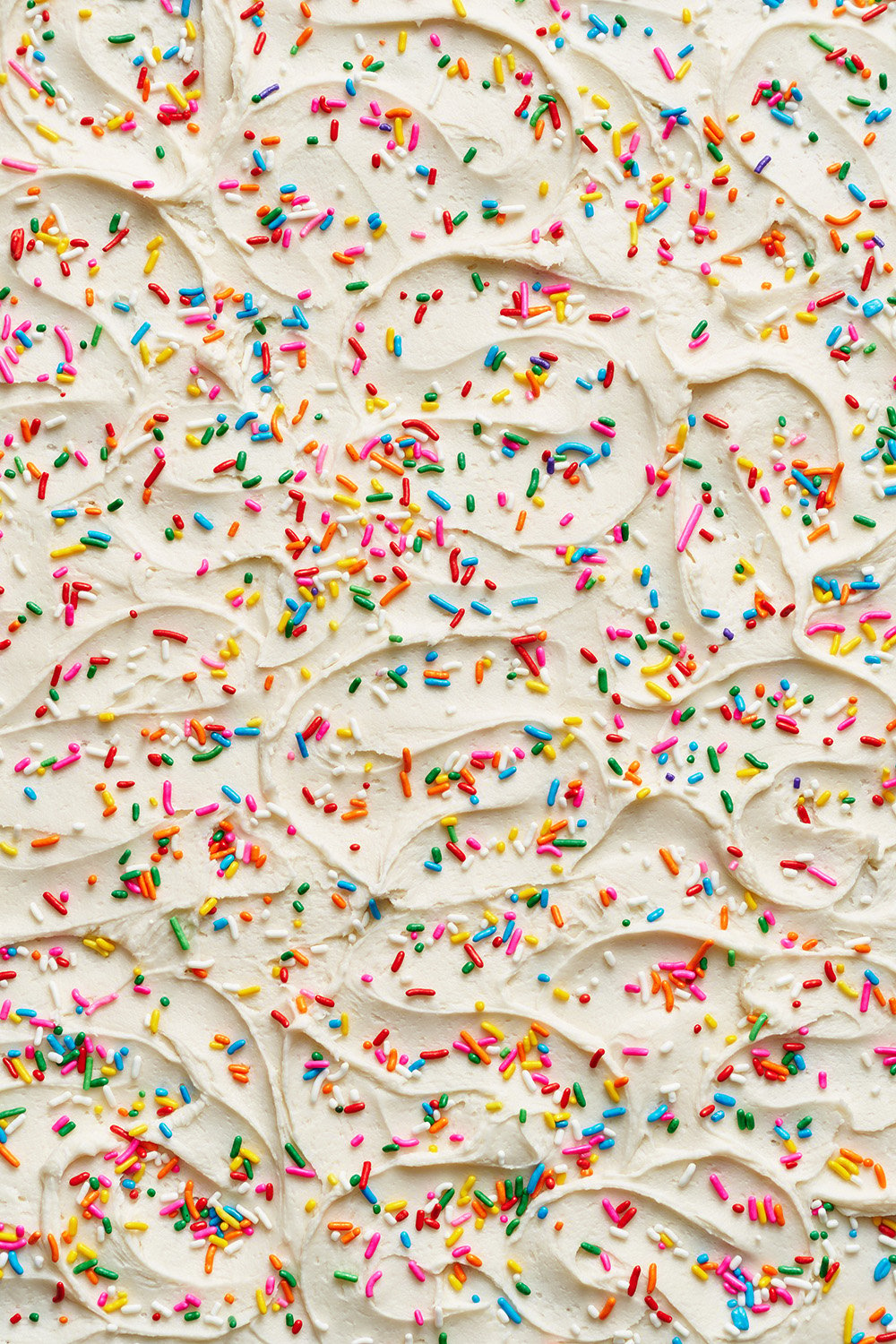


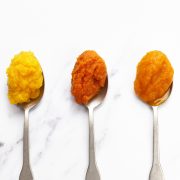
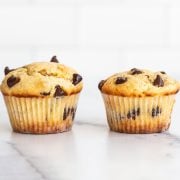
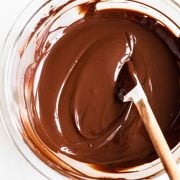









Hi. I’m wondering if I can use yogurt whey to replace the milk. Thanks for any suggestions.
We haven’t tried that!
Add 1/8 teaspoons baking soda
Going to make tonight for grand kids coming over tomorrow. Is there a point where dough could be refrigerated and baked at a later time?
Hi Jhan! We don’t respond to comments over the weekend, but hopefully you saw our tips above the recipe. As long as your baked rolls were in an airtight container overnight, they should have been just fine for your grandkids to enjoy the next day. What did you think of the recipe?
My first try at making these and they were nearly perfect.
Two things. The first is my fault. I use a special flour that is easier to digest and all I have is all-purpose. I will be buying bread flour next time I order!
The second flaw may be my fault but they weren’t as sweet. Maybe I lost count on my tablespoons (easily distracted, what can I say).
I was worried my ingredients wouldn’t be the right temp for the yeast to work so I warmed my milk, melted my butter, and whisked all the wet ingredients together, tested the temp and heated it 10 seconds at a time in the microwave until it was 100 degrees. The rolls were perfectly fluffy, a little too brown because of my pan (I’ll fix that next time too!)
I will be making these again!
Bread flour, glass pan, premeasure my sugars and maybe some parchment paper so I can lift them out and make my sliders similar to how I made them with the store bought rolls.
Absolutely prefect recipe! These were nearly indistinguishable from the store bought rolls except they were bigger and fluffier! Put all the ingredients in the bread maker on dough setting. The family is going to chain me up in the kitchen after this.
Here’s the pic
Ok. I’m drooling over here, and it’s not even lunch time! Your rolls look incredible, Justin! So happy to hear they were such a hit 🙂
Thank you for the recipe. It was a successful trial for me. The final product is fluffy, soft and delicious. Super easy to make.
So happy to hear that, Fenny!
These directions are garbage the it tells you to add the yeast into all the wet ingredients at room temp may need to clarify room temp is as 72-74 is where I keep my house secondly you need to bloom the yeast with the warm milk and sugar add it in a bit after you mixed the wet and dry when I followed the directions as listed it curdled the milk and killed the yeast and I know for a fact the yeast was good as I had just used it in an making sub bread for weekday meal prep
Looks like the milk is warmed to a little less than 110 degrees, Joey. Not room temp.
Hi Joey, thanks for your feedback! We understand how frustrating it can be when a recipe doesn’t turn out as expected. In this recipe, the pineapple juice is the only ingredient that should be at room temperature, while the other liquids need to be warmed to specific temperatures for the yeast to work properly. We use instant yeast here, which skips the proofing (or ‘blooming’) step and allows you to mix it directly into the dry ingredients. However, it’s important to avoid liquids over 120°F to prevent killing the yeast and causing issues with rising. If your liquid temps were off, that would explain the problem.
If you prefer to use active dry yeast, that works too—just be sure to follow the notes in the recipe, where we provide two ways to use it. I really hope you give this recipe another try! Our team tested it over 15 times to make sure it came as close as possible to replicating the beloved King’s Hawaiian rolls. Let us know if you try again, we’d love to hear how it goes!
I can never get the bread to rise. Im sure its an error in my ways but I follow the instructions to a T.
Hi James! I’m sorry to hear that your rolls aren’t turning out as they should. Bread can fail to rise for a number of reasons, from expired yeast (learn how to test yeast for freshness here) to kneading techniques or proofing conditions (check out Tessa’s article here, full of tips and tricks for kneading bread dough). Liquid that’s too hot can also kill yeast, so ensure your liquid is no warmer than 110°F when used. I hope something here helps, and I hope you’ll give these Hawaiian Rolls a try – they are so delicious! Happy baking 🙂
Sometimes mine doesn’t rise bc its too cold! I preheat my oven to 200 then turn it off and stick it in there to rise works everytime!
Hi, I know you may think I’m crazy, however, I’m not keen on sweetness of Hawaiian rolls. Can I make this recipe but substitute the pineapple juice with another liquid?? 😁
Hi Melissa! We haven’t tried that, but feel free to experiment with other juices or another liquid here – I just can’t guarantee how well that will work, since we haven’t tried that ourselves. Alternatively, I recommend trying out our Ultimate Dinner Rolls recipe here – it’s not sweet and the rolls are heavenly soft and buttery. Let us know how it goes if you give either of these recipes a try 🙂 Happy baking!
I followed the recipe to a T, weighed everything. While the rolls looked great and had an amazing texture, I was disappointed with the sweetness. They weren’t sweet enough to taste like store bought Hawaiian rolls.
I just made these and totally agree.
I tried (3X!) to make Sourdough Hawaiian Rolls and I finally decided that they were not soft a fluffy because sourdough makes a firmer crust. At least that’s what I’m telling myself.
I had an email from you dated 11/10/23 regarding “Test Kitchen Diary: Hawaiian Rolls” There was a section in the narrative in which you said:
“It took over 15 iterations of this recipe tested between myself and three different team members to figure this out.
The irony is that the updated recipe doesn’t look wildly different from the original.”
The “updated recipe” is a link, however that link evidently no longer works.
Is there a link the final Hawaiian Rolls recipe? I ask because the date posted is an earlier one to the “updated recipe:.
Thank you,
Hi Cheryl! The recipe on our site (and the one you commented on) is the final Hawaiian Rolls recipe that we worked so hard on 🙂 It was published on October 25th of last year, with the email from Tessa being sent a couple weeks after that. Please let me know if you have any other questions!
Well, I should have read the recipe ask the way through… when I went back to check on the dough I realized I forgot to add the milk… we are about to find out how this goes. I will have to try again but this does look delicious
Can I make this overnight?
No, this is an enriched yeast dough, which can have issues rising properly if it’s prepped ahead of time. However, these rolls freeze/reheat beautifully! Check out the instructions here.
Is this recipe still possible to make with salted butter?
Sure, though some salt butters are saltier than others. Some brands can actually have twice the amount of salt than other brands, so it’s more difficult to manage in baking. I’d recommend reducing the salt in the roll recipe from 1 1/2 teaspoons to 1 1/4 teaspoons, and if the rolls are a bit too salty, reduce it down to 1 teaspoon the next time you make them.